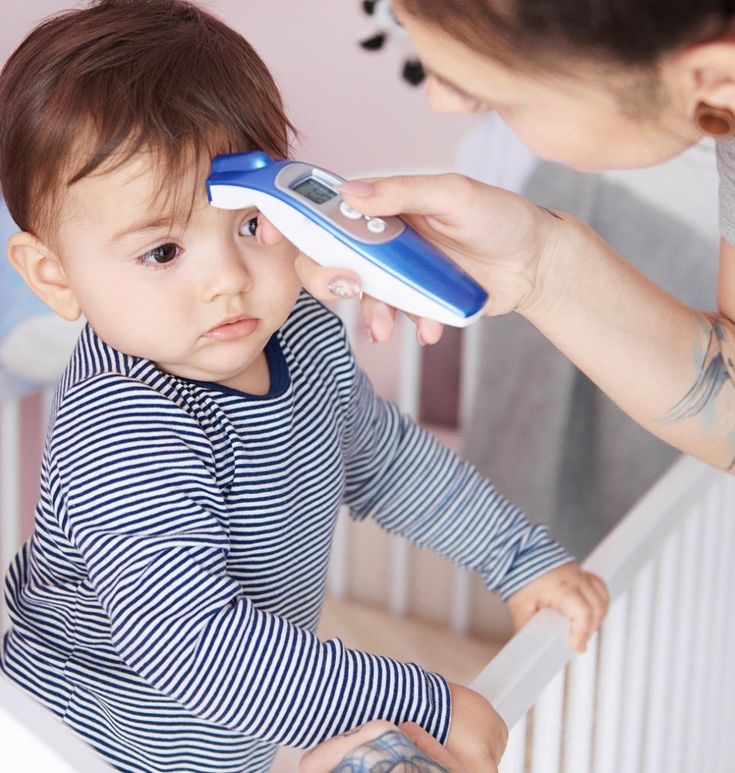Table of Contents

Understanding Causes and Symptoms
Fever is a common medical condition characterized by an increase in the body’s temperature above its normal range. This rise in temperature is often indicative of the body’s response to various underlying factors, including infections, vaccinations, overheating, or sunburn. In this comprehensive guide, we will explore the concept of it, its causes, how to accurately measure body temperature, home treatment strategies, and when to seek medical attention.
Introduction Fever
It is the body’s natural response to a variety of triggers, primarily infections caused by viruses or bacteria. It serves as a crucial defense mechanism, as elevated body temperature can aid in combating these pathogens. However, understanding the basics of it is essential for appropriate management.
Defining
- Normal Body Temperature: Body temperature typically varies throughout the day, with the lowest readings occurring in the morning and increasing as the day progresses. It’s important to note that the exact normal body temperature can vary from person to person.
- Fever Threshold: Most healthcare providers agree that a fever is present when the body temperature reaches 100.4˚ Fahrenheit (F) or 38˚ Celsius (C) or higher. This threshold helps identify when the body’s response is elevated beyond its usual range.
Causes
Fever can arise from various triggers, including:
- Infections: Fever is a common response to infections caused by viruses or bacteria, as the body’s immune system attempts to combat the invading pathogens.
- Vaccinations: Following vaccination, a mild fever can occur as a sign of the body’s immune system responding to the vaccine’s antigens.
- Overheating: Excessive exposure to heat or strenuous physical activity can lead to fever-like symptoms.
- Sunburn: Severe sunburn can result in fever as the body attempts to heal and repair damaged skin.

How to Accurately Measure Temperature
To assess whether an individual has a fever, it is essential to accurately measure their body temperature. The choice of thermometer and the method used can influence the accuracy of the reading.
Thermometer Selection
- Digital Thermometer: A digital thermometer is a reliable choice for measuring body temperature, as it provides precise readings.
- Avoid Mercury Thermometers: Mercury thermometers should be avoided due to their potential hazards if they break.
Temperature Measurement Methods
- Rectal Thermometers: These are the most accurate thermometers, particularly for infants. They are inserted into the baby’s rectum for a precise reading.
- Forehead (Temporal Artery) Thermometers: When used correctly, forehead thermometers can provide accurate readings and are a suitable choice for older children.
- Oral (Mouth) and Ear (Tympanic) Thermometers: For oral temperature readings, individuals should wait 30 minutes after consuming hot or cold beverages. Ear thermometers can be used after the individual has been indoors for 15 minutes after exposure to cold weather.
- Axillary (Armpit) Thermometers: While axillary temperatures can provide a quick check, they are not as accurate as rectal or forehead thermometers.
Age-Appropriate Temperature Measurement
The choice of temperature measurement method depends on the age of the individual:
- Under 3 Months: For infants in this age group, rectal or forehead thermometers are recommended.
- 4 Months or Older: Children aged four months and older can have their temperature measured using rectal, forehead, or axillary thermometers.
- Older than 6 Months: For children older than six months, rectal, forehead, ear, or axillary thermometers are suitable.
- 4 Years Old or Older: Children aged four and above can use oral (mouth), forehead, ear, or axillary thermometers.
Home Treatment
Fever management at home is often focused on providing comfort and alleviating symptoms, especially when a child or individual is feeling uncomfortable due to the elevated body temperature.
Dressing for Comfort
- Light Clothing: Dress the child or individual in light clothing to prevent trapping body heat, which can exacerbate the fever.
- Babies Under Age 1: Use a sleep sack or wearable blanket for babies under the age of one instead of loose blankets.
- Children Over Age 1: When sleeping, cover them with a sheet or a light blanket for added comfort.
Hydration
Proper hydration is crucial during a fever, as it helps maintain the body’s fluid balance.
- Babies Under Age 1: Continue to provide breast milk and formula; avoid giving water. If the child is older than six months, you can offer Pedialyte®.
- Children Over Age 1: Offer extra liquids such as water, diluted 100% juice, popsicles, or Pedialyte to keep them well-hydrated.

Nutrition
During a fever, individuals may not have much appetite. Offer soft foods regularly in small amounts but avoid forcing them to eat.
Temperature Reduction
Lowering body temperature can help alleviate discomfort associated with fever. This can be achieved through sponge baths or soaking in a tub. Follow these steps:
- Sponge Baths: Use lukewarm water (neither too hot nor too cold) and a washcloth to gently sponge the water over the child’s body. Avoid adding alcohol to the water, as it can be dangerous. Recheck the child’s temperature 15 minutes after the bath. If the temperature is still high or rising, repeat the sponge bath.
Note: Aspirin should never be given to children, as it has been linked to a potentially fatal condition called Reye’s syndrome.
When to Seek Medical Attention
While most fevers can be managed at home, certain situations require immediate medical attention. Be vigilant and contact your child’s healthcare provider if any of the following conditions apply:
- Infants Under 3 Months: If an infant under three months has a fever of 100.4˚F (38˚C) or higher, seek medical attention promptly.
- Fever Severity: For children older than three months, consult a healthcare provider if the fever reaches 104˚F (40˚C) or higher.
- Duration of Fever: If the fever persists at or above 102˚F (38.9˚C) for more than two days or keeps returning, medical advice is needed.
- Ineffective Treatment: If fever-reducing measures have been taken but the fever persists, consult a healthcare provider.
- Alarming Symptoms: Seek medical attention at any age if the individual with a fever:
- Looks very ill, is extremely fussy, or appears very drowsy.
- Refuses to eat or drink and displays signs of dehydration, including a dry or sticky
Share this content:




